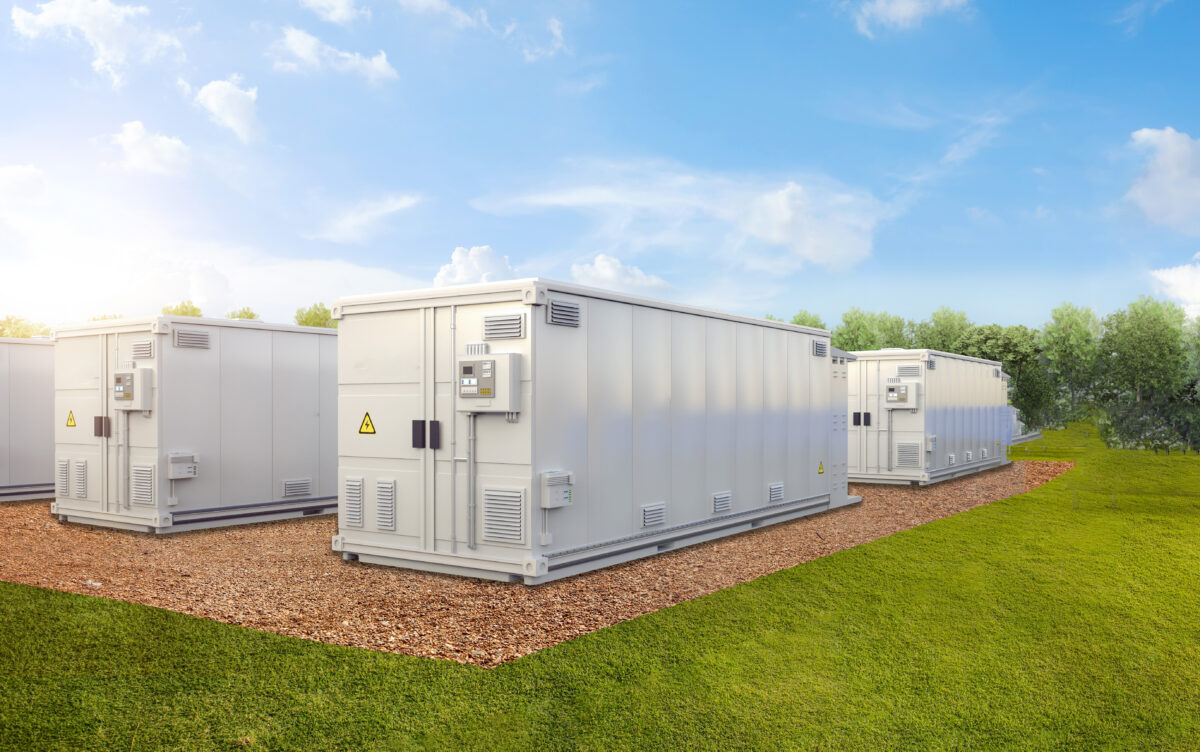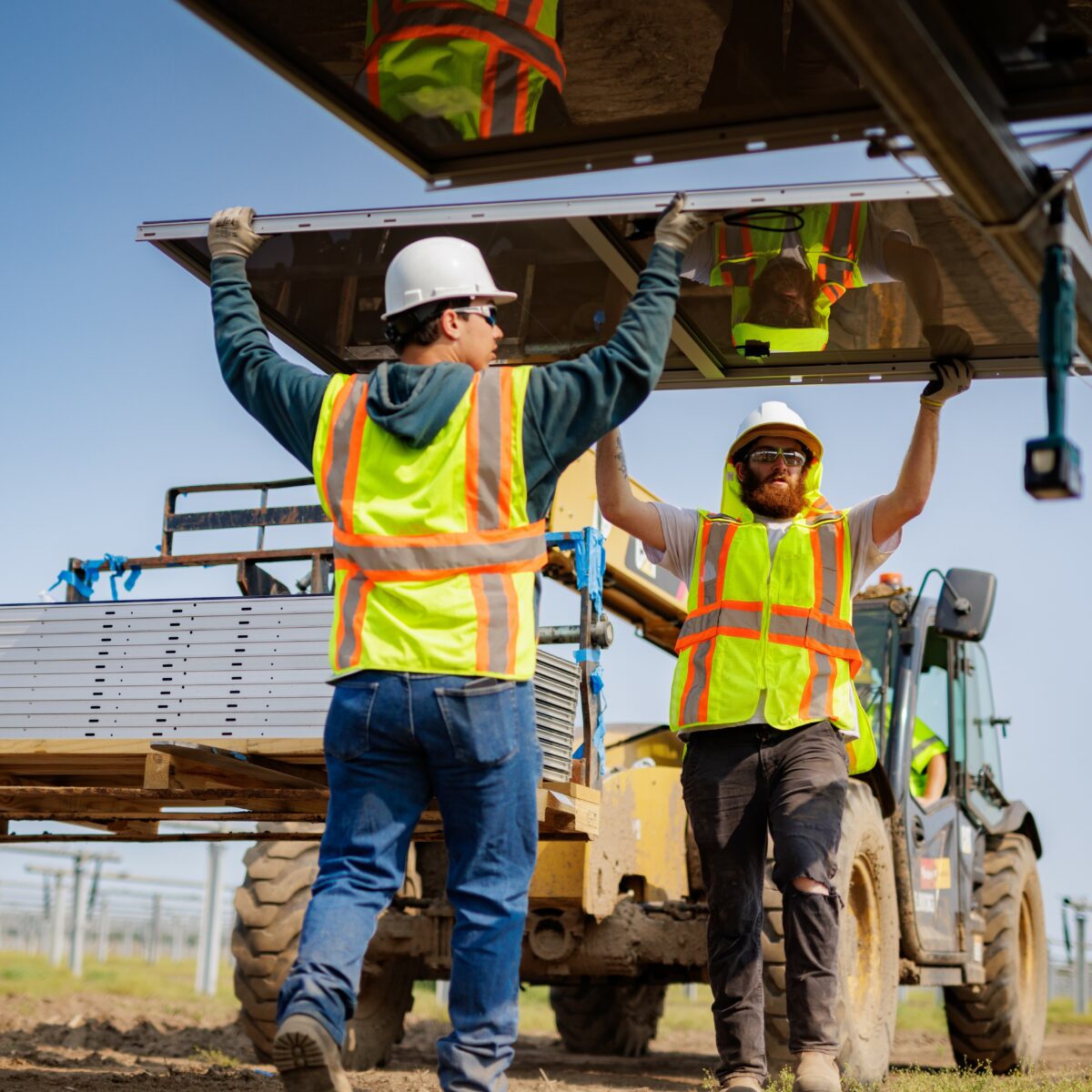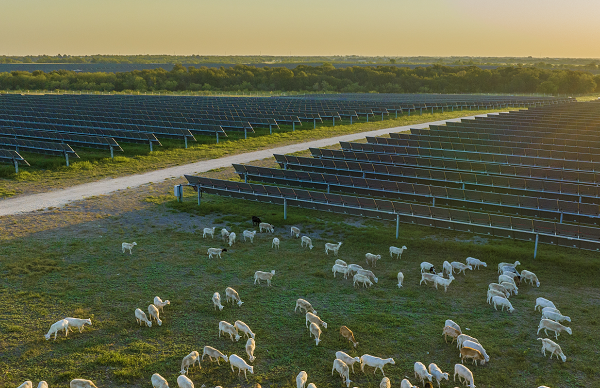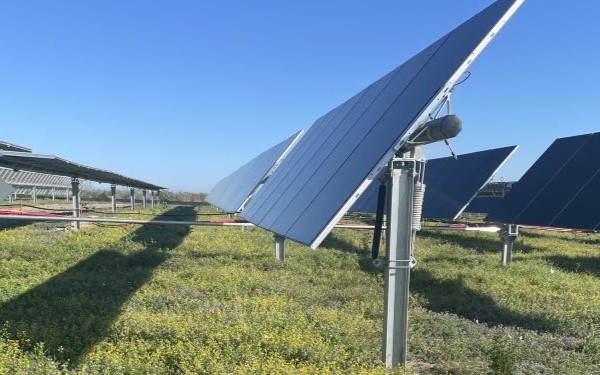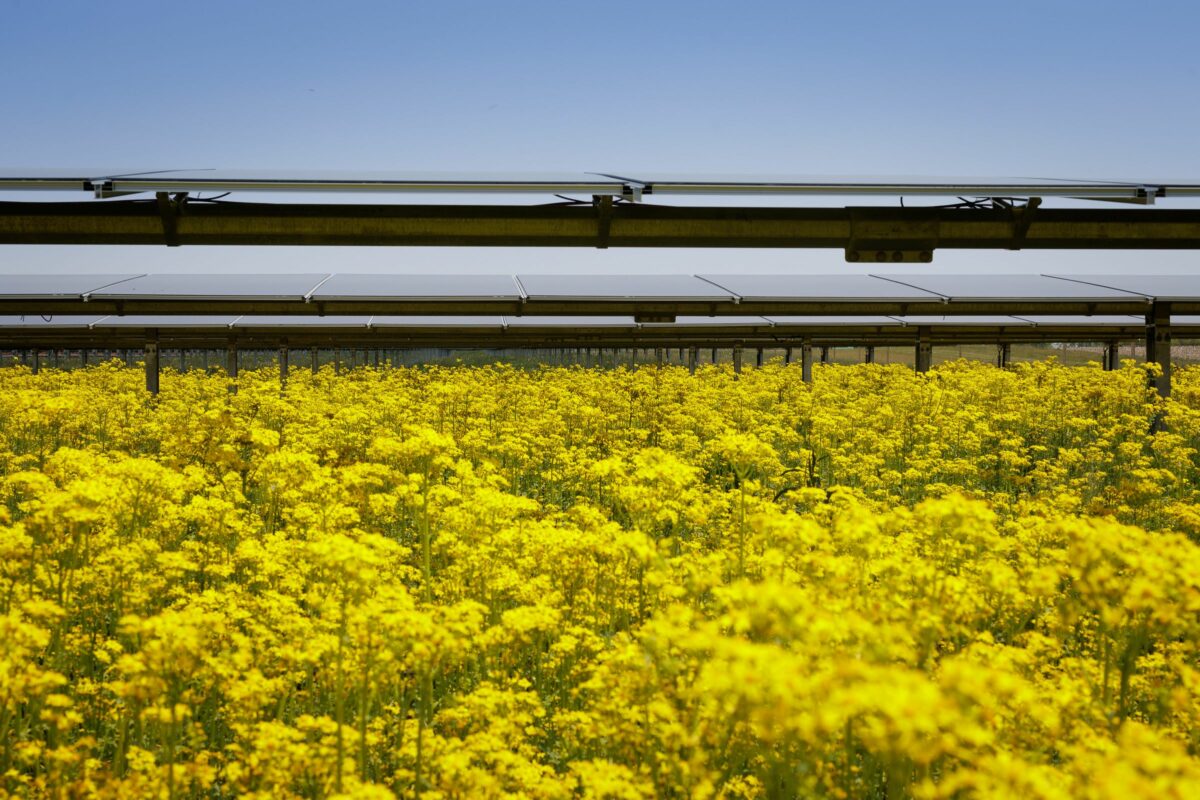Elk Hill Solar FAQs
We’ve received lots of interest in our Elk Hill Solar 1 & 2 projects, so we’ve put together a list of the most commonly asked questions, and their answers:
How safe is a solar farm?
A solar project is about as safe as a facility can be. There are no air or chemical emissions from the solar farm. The power will leave the solar project on lines just like the power lines in your neighborhood.
Is it a concern that we’re losing farmland to solar?
Urban sprawl and rural subdividing are the primary contributors to loss of farm ground here in America. According to the America’s Farmland Trust, the biggest threat to farmland is low-density residential development. Each day, America loses 2,000 acres of farmland to low-density, inefficient urban sprawl. Solar energy temporarily sets aside farm ground and protects it from permanent loss.
Can the land be returned to agriculture?
At the end of the project, the installation will be dismantled, completely removed and recycled. At that time, the land can be used for agricultural activities or another use as landowners decide.
Are solar farms noisy?
Solar projects are quiet neighbors. Any sound from the solar projects will be limited to inverters and a transformer which cannot be heard past the project boundaries.
Is glare an issue?
Solar panels are designed to absorb, not reflect, sunlight and reflect less light than glass or water.
What kind of technology do solar projects use?
Solar projects use conventional solar panels just like those installed on the roofs of homes and businesses. The technology has been around for decades.
What are solar panels made of?
Solar panels are mostly glass, aluminum, silicon (refined sand) and semi-conducting material. The glass is designed to withstand hail and is tempered, like the windshields of cars, and consequently is resistant to breakage.
Are solar projects safe for birds?
For our solar projects, we’re using solar photovoltaic, or PV, panels. This technology is designed to absorb as sunlight in order to generate electricity. Solar PV technology will not harm birds. In fact, we have seen bird habitats increase at our solar projects because once they’re built, they are undisturbed for many years.
Will solar panels end up in a landfill in my area?
Lightsouce bp is committed to recycling all solar panels for our solar projects in the U.S. – that includes any panels damaged during construction, operations, and all panels at the end of life/decommissioning.
How are the panels kept clean?
Generally, rainfall helps to keep the panels free of dust and dirt.
Will a solar project cause traffic disruption?
Once a solar project is in place it requires minimal maintenance vehicles, which would cause no traffic disruption.
Who is paying for the installation of the solar system?
Lightsource bp is leasing the land from local residents and financed the project with private capital.
Do solar projects have any permanent lighting?
There is virtually no permanent lighting at a solar farm. Motion-activated and down-ward facing lights are located only at gates and at some equipment.
Are solar panels hazardous to the environment and our health?
Lightsource bp utilizes tier-one equipment manufacturers, and requires solar panels to pass testing regulated by the Environmental Protection Agency (EPA) to ensure they are not hazardous to people or the environment. It’s a part of our equipment supplier contract obligations, and we will not buy solar panels from any manufacturers who have not passed this testing.
Does solar work in the snow and cold weather?
Solar equipment actually works more efficiently in cold weather, and solar farms are designed to mitigate buildup of snow on the solar panels. Solar panels are installed on smart trackers that follow the sun from east to west during the day, to maximize solar energy production. These smart trackers serve other important purposes, too – they protect solar panels from hailstorms, and they prevent buildup of snow on solar panels.


